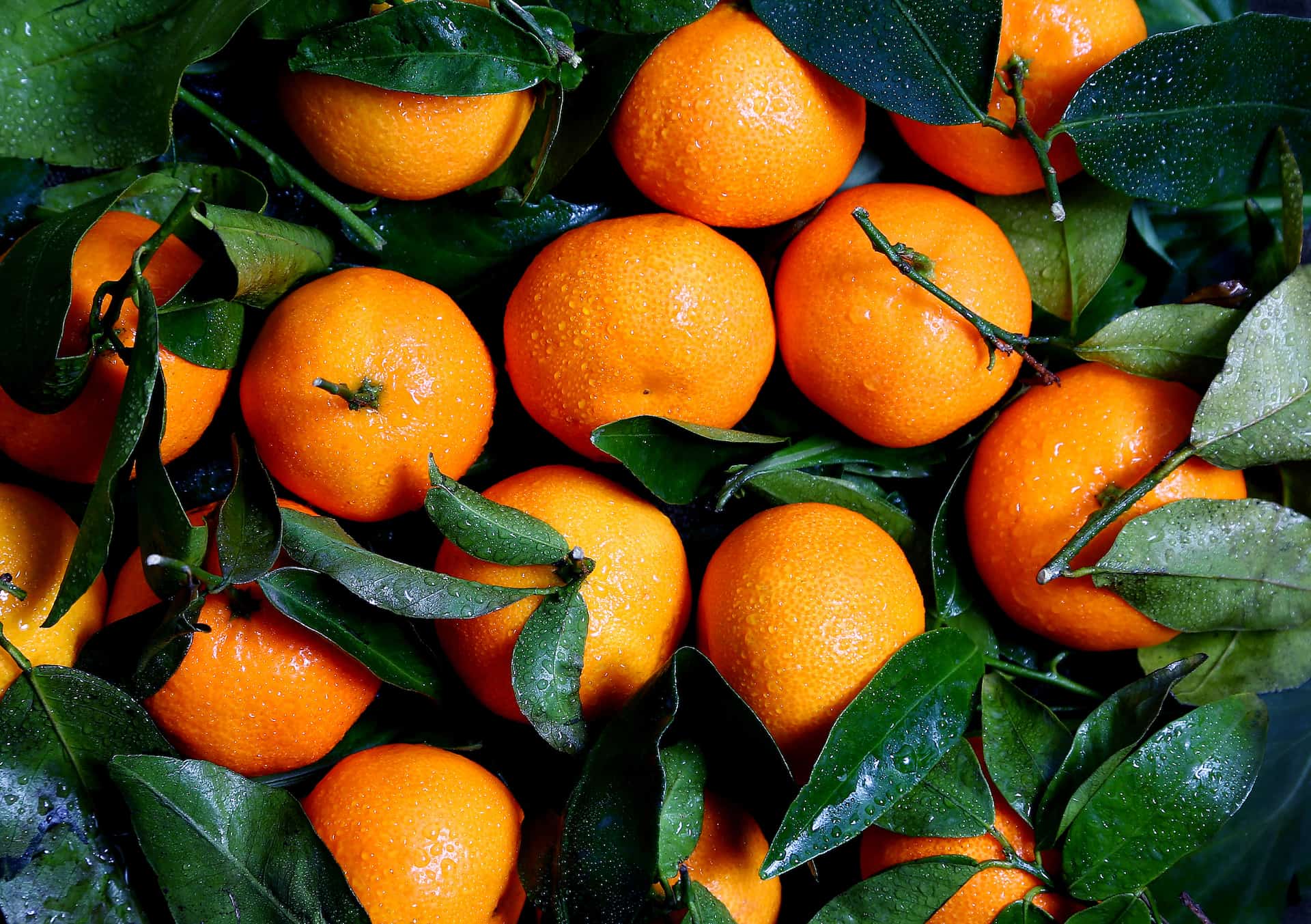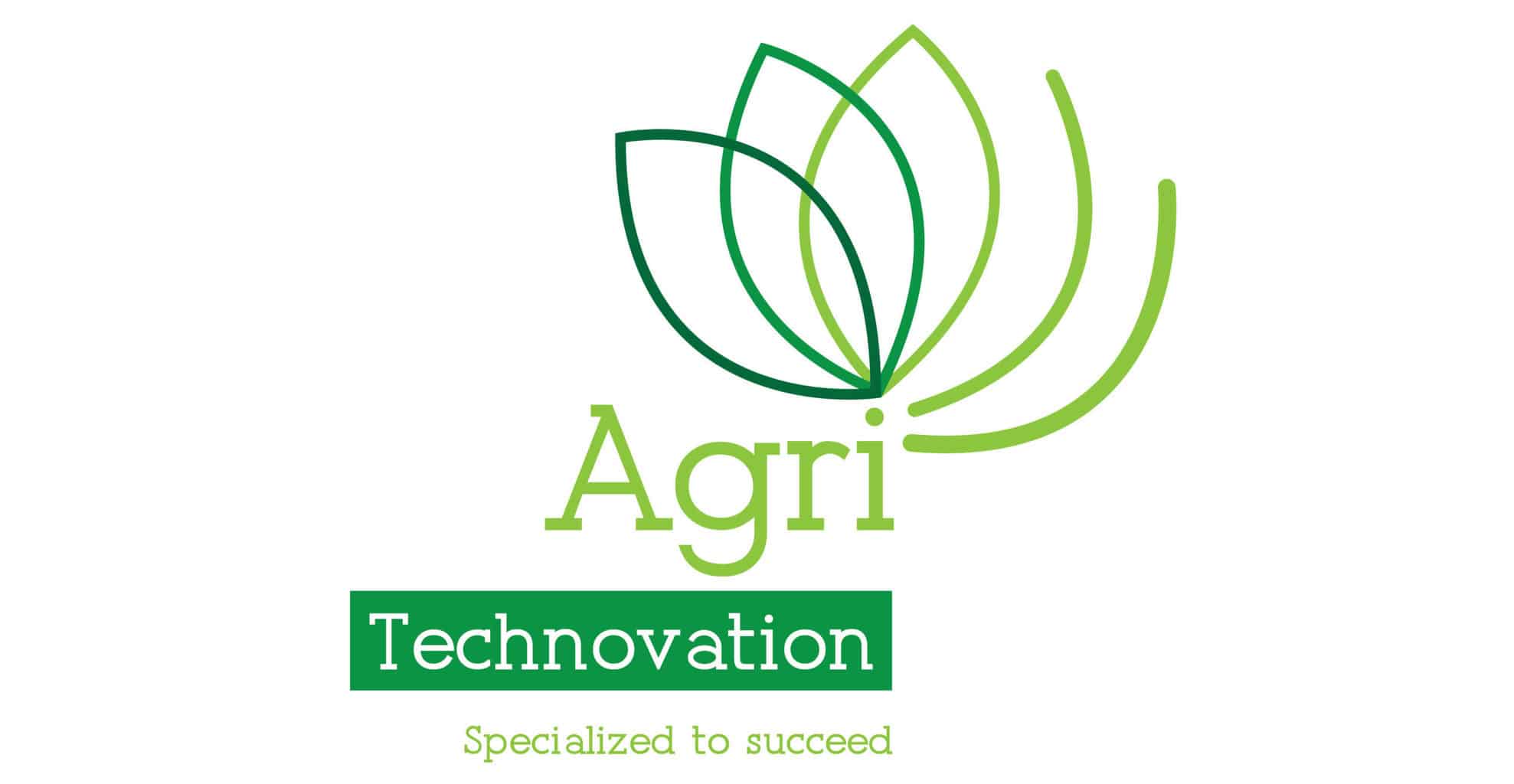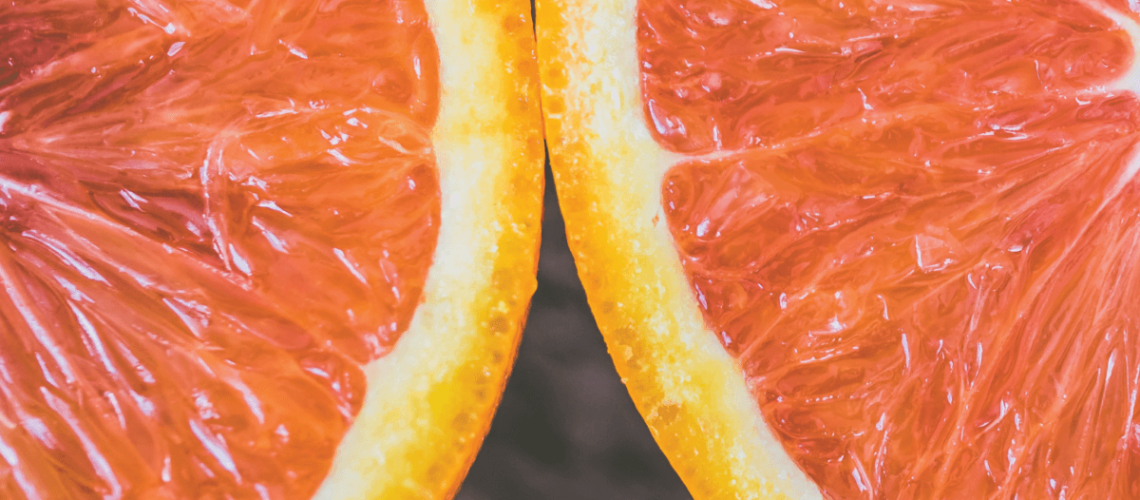By Marnus Ferreira, MSc Geology UP, Senior Soil Scientist and Johan de Vries, BScAgric Plant Production and Soil Sciences UP, Head Hortologist (Citrus & Table grapes) Agri Technovation
As a producer, soil is your most precious resource. Throughout history, our relationship with soil has determined our ability to cultivate crops and influenced the success of civilizations. This relationship between humans, the earth, and food sources affirms soil as the foundation of agriculture.
This is why soil is the blueprint of your farm that should form the basis of all your production planning and development. In conjunction with water availability, it is the two essential primary resources that you pay for when purchasing or developing a piece of land.
Consequently, soil potential and the effective management and use thereof are the main driving forces behind any successful farm. According to the Department of Agriculture, the growth, development and production of a plant depend on the physical characteristics of the soil such as drainage; density; texture; water-holding capacity; structure; soil depth; the homogeneity of the profile; erodibility; and the degree to which water can infiltrate the soil. These characteristics differ in the various soil types.
A farm’s soil type, therefore, influences many aspects of farming including, but not limited to, irrigation; drainage; soil preparation; crop suitability; plant-available water capacity; cultivation method etc. However, when it comes to perennial crops it is more complicated than simply choosing the highest potential soil. This article will focus on the importance of managing these factors effectively for the production of citrus.
Citrus and perennial crops
There are few perennial crops that exhibit such a wide variation, with regards to cultivar and rootstock preference of soil types, as citrus. Two cultivars could be suited to completely opposite soil types, but when planted on the wrong soil type, both will produce suboptimal yields. Perennial crops are a long-term investment and, therefore, demand an educated decision to attain maximum returns. At the cost of orchard development, the farmer can’t afford to make an uninformed decision. Certain factors, such as a rock or gravel layer, a mottled clayey soil or a sandy mottled layer could, however, limit the normal spread of the roots.
Citrus is one of the perennial crops that has seen a remarkable surge in market value in recent years. However, the price for lemons has taken a dip of late, which once again highlights the importance of maximum productivity and yield.
The best soil for citrus
Cultivars are genetically prone to vary in behavior to one another. They differ regarding the timing of phenological activity, their nutritional needs, watering requirements etc. The same holds true for soil type. Different soil types form due to a variance in formation conditions. These conditions are influenced by a host of factors such as parent material (the rock from which the material weathered); climate; topography; vegetation; biological activity etc.
Soils in the USA have an immense amount of variation over short distances. These conditions can vary to such an extent that three or more different soil types are found within a single 1 acre block. What this means is that different soils have different prevailing conditions, which means that the roots experience specific conditions in a certain soil type. Therefore, just as the different cultivars have different terrestrial requirements, their rootstocks also have different subterranean preferences. When confronted with a limited amount of plant-able acres, choosing the most suit-able cultivar and rootstock for your soil type becomes even more important.
Once the farmer has decided on citrus as the crop, the next step is to identify a selection of cultivars depending on the intended export market and other geographical factors; the time of ripening; location; micro-climate; water availability etc. All of these are essential factors in the eventual success of the endeavor, but none more so than the fundamental matching of the cultivar and rootstock with the correct soil type.
Certain soil types are much better suited to specific cultivars than others. Citrus can be grown in a wide range of soil types provided they are well drained. Fertile, well-aerated soils with a pH of between 6 and 6,5 are ideal. In a few instances, the highest potential soil type could be a poor choice for some cultivars. That is why we don’t only refer to the potential of the soil when choosing a cultivar, but rather to the crop or cultivar suitability of that soil.
Lemons and lower potential soil
In the case of lemons, the highest yield is typically reached on lower potential, shallow, often rocky, leached soils. If lemons are planted on high potential soils, their vegetative growth is so vigorous that it overpowers reproductive growth. Lemons need to experience a certain amount of stress to achieve maximum fruit production and choosing the correct soil type will make that significantly easier.
However, it is vital to choose the correct type of lower potential soil for lemons – not just any soil that has produced relatively mediocre results for other crops in the past, i.e. choosing the soil with the highest cultivar suitability. Drowned soils, for example, could have seemingly similar topsoil to the abovementioned soils, which might be deemed adequate, but because of the anoxic conditions in the subsoil, it will lead to loss of trees and poor growth in the long term.
The same holds true for the choice in rootstock – the rootstock that best suits the physical conditions of the soil must be chosen. For example, let’s compare two relatively common rootstocks – Swingle Citrumelo and Rough Lemon. Relating tolerance levels to moisture levels shows that Swingle Citrumelo is very tolerant, whereas Rough Lemon is sensitive to excessively wet soils. It is analogous for susceptibility to Phytophthora – Rough Lemon is susceptible, whereas Swingle Citrumelo is very tolerant. Thus, determining where on the farm the wet soils are and choosing the appropriate rootstock for those areas can mean the difference between success and failure. It is as simple as that.
Once the soil classification of the project area is complete, an informed decision on block layout can be made.
The positioning of cultivars is determined by the produced map that clearly shows the areas of highest crop/cultivar suitability. These blocks are positioned to maximize the coverage
of highest crop/cultivar suitability and homogeneous areas. Block layout is, therefore, made based on soil type, a host of soil physical properties and the cultivar and rootstock suitability of that soil.
Informed decisions lead to success
The soil physical properties that are identified through soil classification determine the potential of the soil and ability as well as the extent to which the soil exchanges oxygen, nitrogen and other gases with the atmosphere. Soil physical properties also determine the infiltration of water, which directly influences the choice of irrigation – drip or micro; single, double or triple drip lines; low- or high-volume drip lines etc. Furthermore, it determines the plant-available water capacity, depth of root development, the method of soil preparation, any potential drainage installation and much more. Only when combining all of these physical properties through soil classification can an informed and calculated decision be made with regards to cultivar and rootstock choice.
The more information that is available to you, the easier it is to make the correct decision. At the end of the day, it’s all about minimizing risk, increasing productivity and yield while reducing management intensity. Creating a block layout and choosing your cultivar and rootstock according to the blueprint of your farm is the only sure way to long-term success

